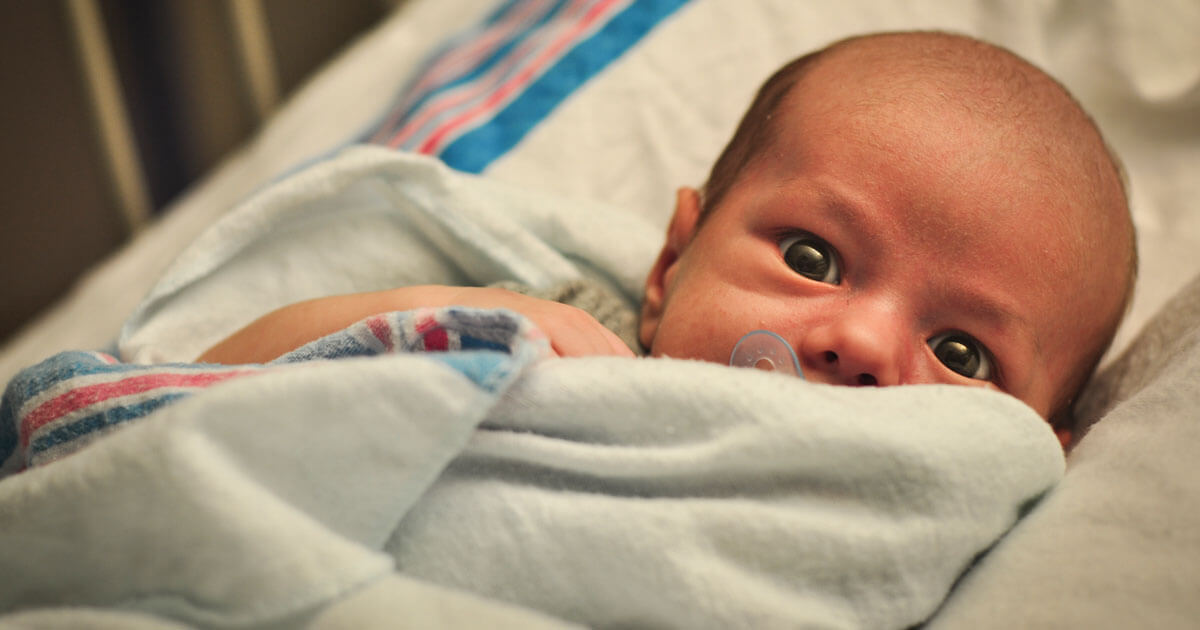
Circumcision
If you have a baby boy, you likely will be asked whether you want him to be circumcised. Circumcision is the removal of the foreskin, which is the skin that covers the tip of the penis. It's a good idea to think about this before going into labor because it is often offered before a new baby leaves the hospital.
The American Academy of Pediatrics (AAP) does not recommend routine circumcision because the medical benefits do not outweigh the risks. But parents also need to consider their religious, cultural, and personal preferences when making the choice to circumcise their son.
There are medical benefits and risks to circumcision. Possible benefits include:
- A lower risk of urinary tract infections (UTIs). Keep in mind that UTIs affect only 1 percent or less of men who are not circumcised.
- A lower risk of penile cancer. Keep in mind that penile cancer is very rare in both men who are or are not circumcised.
- A possible lower risk of sexually transmitted infections (STIs). Keep in mind that practicing safe sex, including using a condom, is the best protection against STIs.
The risks of circumcision include:
- Pain. If you decide to have your baby circumcised, you can ask that a numbing medicine be put on your baby's penis to lessen the pain.
- A low risk of bleeding or infection.
These risks are higher when circumcision is performed on older babies, boys, and men.
Talk to your doctor if you have concerns about the risks or possible benefits.

